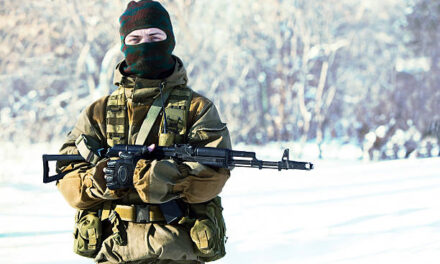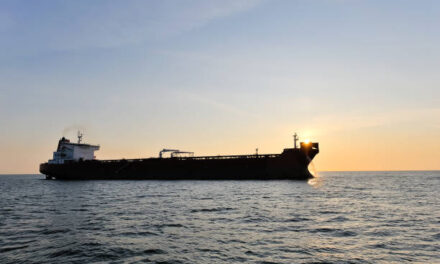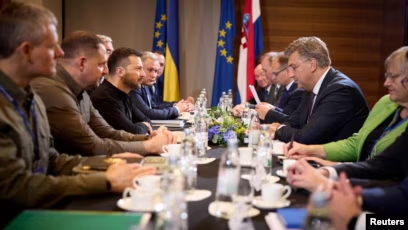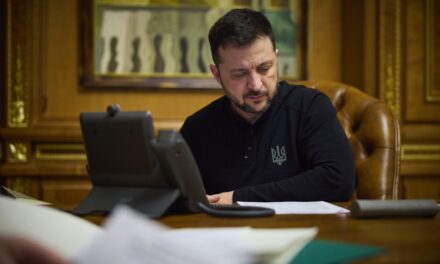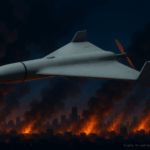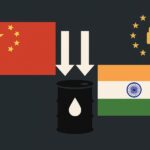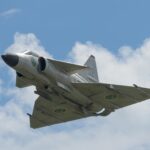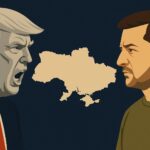ISW’s July 10, 2025 assessment portrays a day in which battlefield violence and diplomatic theater advanced in parallel. Following a meeting in Kuala Lumpur, U.S. Secretary of State Marco Rubio voiced frustration with Moscow’s lack of flexibility, even as Russian readouts emphasized expanding U.S.–Russia ties on issues unrelated to the war—signaling a Kremlin effort to redirect attention from Ukraine toward bilateral normalization. ISW judges that Russia remains committed to maximalist war aims, with public rhetoric again invoking demands tantamount to Ukrainian capitulation. On the ground, Russia pressed attacks along multiple axes without decisive breakthroughs. Geolocated evidence showed incremental Russian gains near Borova, Toretsk, and in the Novopavlivka sector, while fighting persisted across Sumy and Kharkiv oblasts, the Kupyansk–Lyman line, Siversk, Chasiv Yar, Pokrovsk, Velyka Novosilka, western Zaporizhzhia, and the Kherson riverine front. Ukrainian counterattacks complicated Russian advances in several locales, and ISW notes growing Russian reliance on North Korean munitions whose dud rates are reportedly high. Russia also executed another large, concentrated strike package against Kyiv and multiple regions overnight, combining hundreds of Shahed drones with cruise and ballistic missiles launched from varied vectors and altitudes to tax air defenses. Ukraine reported intercepting most missiles and downing masses of drones, with electronic warfare further degrading incoming salvos, yet civilian infrastructure suffered casualties and damage—an outcome ISW assesses aligns with Russia’s effort to erode morale and overwhelm defenses. Strategically, The Economist’s modeling—cited by ISW—estimates that at the recent accelerated tempo Russia would take roughly 89 years to conquer all of Ukraine and several years to finish seizing the four partially occupied oblasts, underscoring the disproportionate manpower costs for modest territorial returns. Diplomatically and materially, Kyiv engaged U.S. Special Envoy Gen. Keith Kellogg on air defense and joint production, while Washington reportedly resumed deliveries of 155mm ammunition and GMLRS rockets. Allies added new pledges: the U.K. announced a defense pact with thousands of interceptors and development funding; Germany signaled readiness to procure Patriots for Ukraine; and the Czech Republic approved F-16 training for Ukrainian pilots. Meanwhile, Vladimir Putin dismissed longtime envoy Mikhail Bogdanov, potentially recalibrating Russia’s Middle East and Africa portfolio. ISW’s bottom line: Russia is spending lives and shells for limited tactical gains while seeking diplomatic optics that might weaken Western resolve; Ukraine’s resilience hinges on sustained air defense, munitions flows, and the ability to blunt attritional pushes along a wide front. Institute for the Study of WarKyiv Post
ISW’s July 10 update says Moscow clings to maximal aims while using diplomacy to court U.S. ties. Russian forces made small gains near Borova, Toretsk, and Novopavlivka and struck Kyiv. Allies resumed aid and air-defense pledges, underscoring Ukraine’s resilience.


